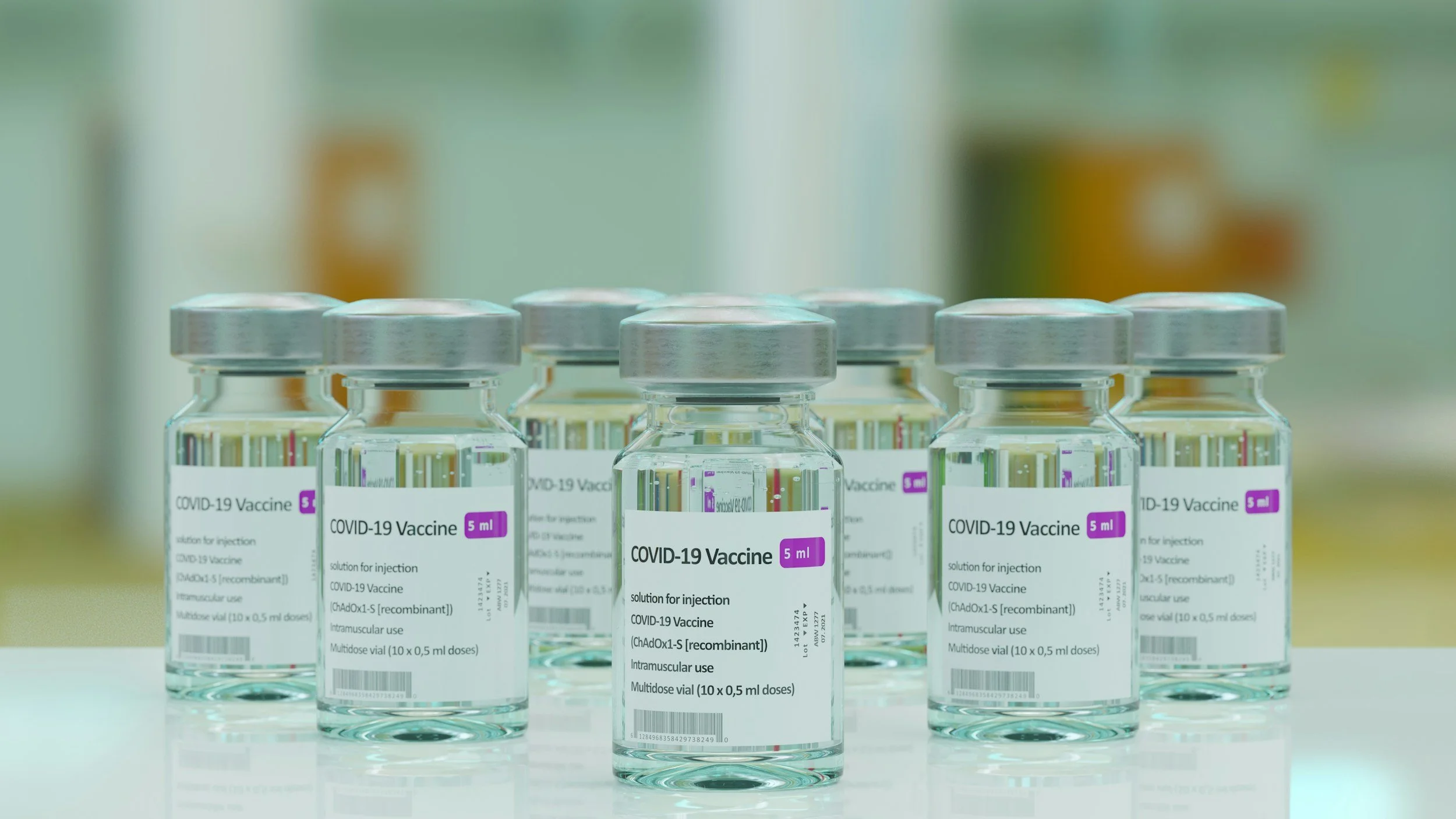Race To a Vaccine
By: Sadaf Musfique and Sheeri Bao
Posted: 26th June 2020
As Australia begins to ease restrictions enforced due to the COVID-19 pandemic, the rest of the world remains largely stagnant in its efforts to eradicate the virus, with the American, European, and Asian continents still suffering. The race for a vaccine remains an objective yet to be accomplished, and many continue to question how markets will react once the pandemic is over—and how some markets have managed to remain so strong.
There are essentially two different approaches to developing a coronavirus vaccine. One approach uses new technology, such as genetic materials, to elicit an immune response; the other relies on more traditional methods, whereby the live virus is analysed and scientists attempt to reduce its effectiveness and infectiousness. These strategies are being employed across a wide variety of companies, and currently, there are eight approaches in clinical development.
The timeline for clinical development typically involves three sequential phases of study. Once researchers gain confidence in their product—usually by the end of phase two—manufacturing ramps up in preparation for market distribution. Large-cap biotech analyst Matthew Harrison believes that at least four vaccine projects are expected to produce initial data this month. During this stage, researchers aim to determine whether the vaccine generates neutralising antibodies capable of targeting the virus, while also confirming its safety. Harrison believes that a vaccine could be implemented as early as the summer of 2021.
Despite concerns that a vaccine may never be created, Harrison notes that virtually all patients have developed antibodies to the coronavirus—an encouraging sign for vaccine development. The primary challenge lies in the virus’s potential mutations. Harrison argues that the only debate is whether a fully protective vaccine will be developed or whether the virus’s infectiousness and effectiveness will simply be reduced, potentially becoming similar in nature to the common flu.
In countries such as the U.S., forced liquidation has incentivised research facilities and institutions to invest in R&D for the virus, largely due to limited downside risk and the presence of capital buffers.
One of the biggest concerns for governments and their economies is the potential for a second wave of the pandemic once restrictions are eased. Understanding how the virus spreads is crucial when assessing the impact of any resurgence. The virus transmits via contaminated surfaces or direct respiratory droplets (e.g., sneezing or coughing). In Europe, Asia, and America, the onset of summer reduces the likelihood of both transmission routes: heat significantly decreases the virus’s viability on surfaces, and warmer months generally see reduced incidence of colds and flu. Moreover, with the introduction of contact tracing and the global distribution of more testing kits, a second wave would likely trigger a more prepared and rapid response, ultimately flattening the peak of infections.
Despite ongoing economic weakness and political uncertainty in countries such as the U.S. and the U.K., equity markets appear to remain optimistic. Morgan Stanley’s Chief Cross-Asset Strategist, Andrew Sheets, attributes this resilience to investor expectations. As economists largely agreed that April marked the market's lowest point, investor sentiment seems to have followed suit. Additionally, the global uncertainty has led investors to become more cautious, holding more cash, reducing exposure to riskier assets, which, paradoxically, has helped avoid the kind of overexuberance that typically precedes market vulnerabilities.
Indeed, perhaps despite the unexpected times, the predictions of the market have been fairly typical. The onset of COVID-19 saw bond yields declining and stocks led by very narrow and topical companies. However, as credit markets heal first, smaller, cheaper more cyclical assets that do worst in times of recessions are beginning to start to do better.
For now, the race for the vaccine is a waiting game. The market will continue to operate, perhaps even thrive, through the remainder of the pandemic. This cautious optimism may prove to be a strength. However, as restrictions are ease, the market will change once again, evolve and grow.




